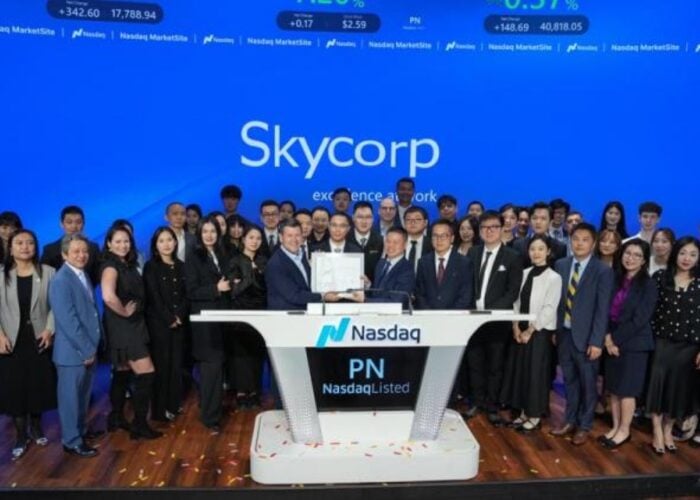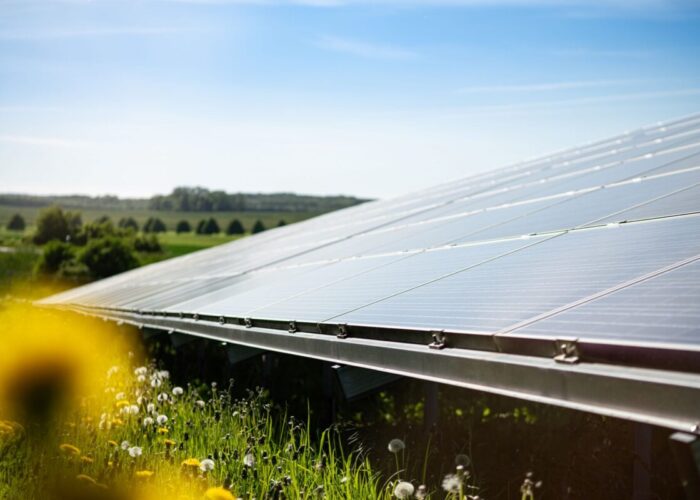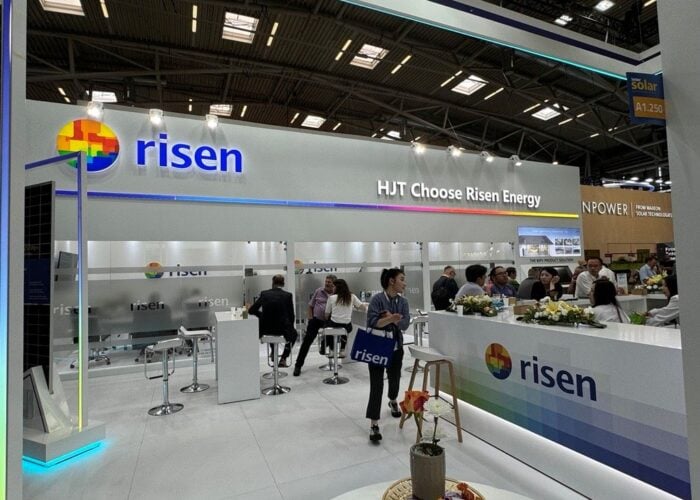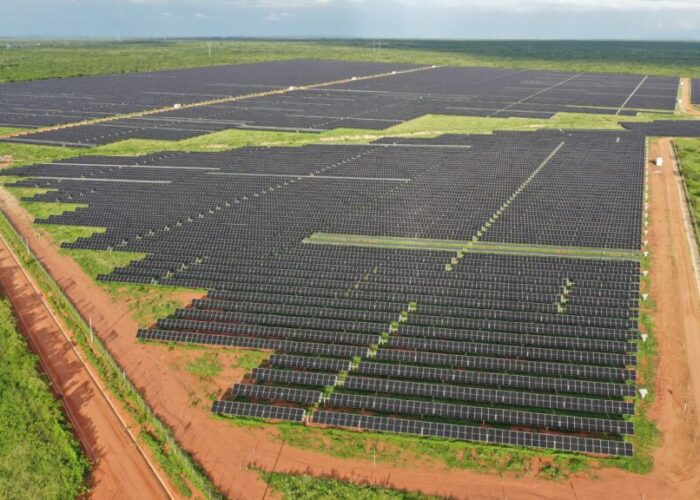When final numbers are counted for capital equipment suppliers to the PV industry for 2012, the data will reveal a somewhat misleading picture. And one that was certainly not on the radar of any PV equipment supplier just 12 months ago.
This rather confusing outcome is not only a consequence of the displaced euphoria that arose from overambitious spending in 2010-2011, but is also providing the backdrop for hesitancy in guidance as order intake levels remain highly depressed.
Unlock unlimited access for 12 whole months of distinctive global analysis
Photovoltaics International is now included.
- Regular insight and analysis of the industry’s biggest developments
- In-depth interviews with the industry’s leading figures
- Unlimited digital access to the PV Tech Power journal catalogue
- Unlimited digital access to the Photovoltaics International journal catalogue
- Access to more than 1,000 technical papers
- Discounts on Solar Media’s portfolio of events, in-person and virtual
The basis of this predicament faced by all PV equipment suppliers is simple: equipment suppliers revenues today are not based upon capex driven by end-market demand pull. Rather, they are dominated by an accumulation of deferred revenues being recognized from orders placed up to 18 months ago and shipments being effected under customers’ contractual obligations.
Therefore, rankings for 2012 are likely to be more a consequence of revenue-recognition accounting rules, rather than serving any addressable market created by new capacity required by the industry during 2012.
There is no mystery assigned to the sequence of events that created this environment. Equipment suppliers to the PV industry were receiving orders during 2010 and 2011 for a wide range of c-Si and thin-film technologies that were driven by investment optimism, as opposed to capacity that was required to meet sales order pipelines.
Indeed, customer bullishness and access to capital often misled equipment suppliers into believing that their products or technologies were one step away from volume mass deployment and repeat-order frenzy. For experienced suppliers that served various technology-segment markets, this PV blip was treated with guarded caution: for equipment suppliers whose ascendency was underpinned by PV industry expansion only, growing backlogs created a virtual benchmark for future operating performance and often accelerated tool manufacturing expansion plans.
By mid-2011, backlogs of PV equipment suppliers had reached pandemic levels. At first, the goal was year-end revenue-recognition. Then into 2012, the focus turned to delivery under contract and accounts receivables for tooling shipped by year-end, but not recognized then as revenues. The combination of shipment (upon tool completion) and deferred delivery schedules has now become the basis of the 2012 confusion.
What is easier to understand however is new order intake. This remains at chronic levels and any notion of this changing before year-end is rapidly becoming less likely with the news that even the industry leaders are running fabs at 50-60% utilization rates — based only upon lines being classified by them as operating (or ramped) capacity today. Upgrade or retrofit orders are few and far between and will remain this way for several quarters until cost-reduction has been fully exhausted across the value-chain and a revised PV technology roadmap emerges in 2013. Of course, it would not be the PV industry if new players were not entering the arena, but the entrants here can be counted in low single-digits through 2012 — some two orders of magnitude lower than during 2010.
For now then, the focus is purely on equipment suppliers backlog levels and how much can be recognized as revenue during 2012. Or how much is finally taken off the books because the risk of delivery within a 12 month period is too high to count as a ‘real’ purchase order for future tool delivery. And for many of these cases, customer deposits may be the only salvation to fall back upon.







